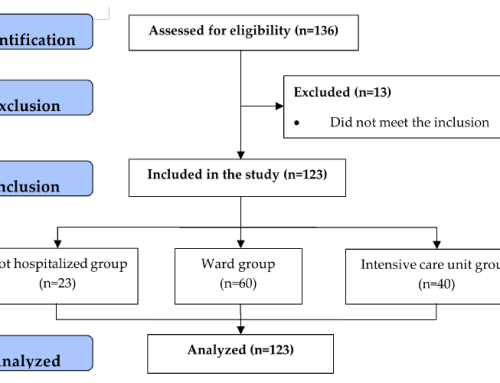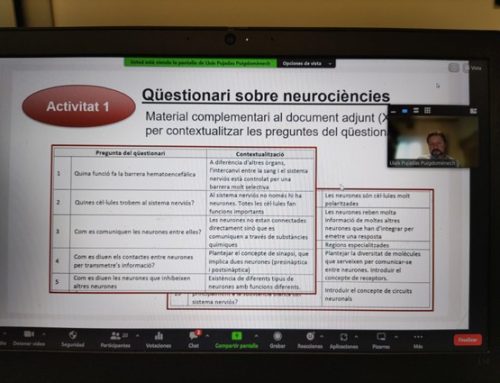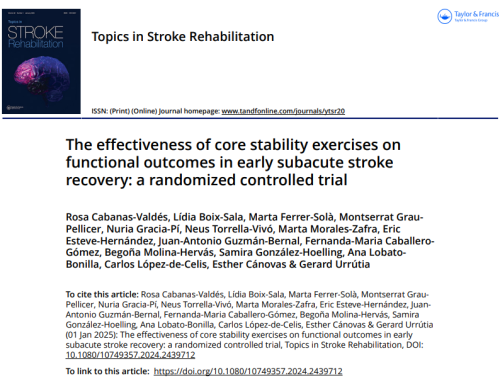ARTICLE. Cullell-Dalmau Marta, Otero-Viñas Marta, Ferrer-Solà Marta, Sureda-Vidal Helena, Manzo Carlo. A toolkit for the quantitative evaluation of chronic wounds evolution for early detection of non-healing wounds. Journal of Tissue Viability. Available online 2 March 202. https://doi.org/10.1016/j.jtv.2021.02.009
Abstract.
Background. Chronic wounds resulting from a number of conditions do not heal properly and can pose serious health problems. Beyond clinician visual inspection, an objective evaluation of the wound is required to assess wound evolution and the effectiveness of therapies.
Aim. Our objective is to provide a methodology for the analysis of wound area vs. time for the early prediction of non-healing wounds evolution.
Methods. We propose a two-step approach consisting of: i) wound area quantification from planimetries and ii) classification of wound healing through the inference of characteristic parameters. For the first step, we describe a user-friendly software (Woundaries) to automatically calculate the wound area and other geometric parameters from hand-traced planimetries. For the second, we use a procedure for the objective classification of wound time evolution and the early assessment of treatment efficacy. The methodology was tested on simulations and retrospectively applied to data from 85 patients to compare the effect of a biological therapy with respect to general basic therapeutics.
Results. Woundaries provides measurements of wound surface equivalent to a validated device. The two-step methodology allows to determine if a wound is healing with high sensitivity, even with limited amount of data. Therefore, it allows the early assessment of the efficacy of a therapy.
Conclusion. The performance of this methodology for the quantification and the objective evaluation of wound area evolution suggest it as a useful toolkit to assist clinicians in the early assessment of the efficacy of treatments, leading to a timely change of therapy.












Leave a Reply